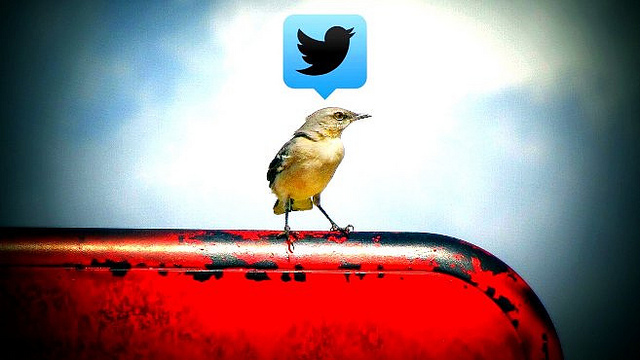If you work in your nonprofit’s marketing or communications department, you know that Twitter is an essential tool for connecting with your audience and presenting your organization well. The scenery changes on Twitter quickly and frequently, and no one person can be expected to keep track of it all (and working for a nonprofit, you might *be* the only person in your department!) so here are a few quick tips to help you keep your Twitter strategy on track.
- Follow the #npcomm hashtag. As a marketing or communications specialist, you already pay attention to plenty of hashtags on Twitter for your nonprofit, but there’s one more to add to your list that can be incredibly helpful in building your communications toolbox. #npcomm is short for nonprofit communications and it’s the hashtag used by nonprofit communications professionals to share resources, promote events, and post articles and tips.
- Try the quote tweets feature. Manual retweets – those beginning with “RT” – are considered outdated by some. Native web retweets – the “regular” retweets done by clicking the little recycling symbol within a tweet – are generally considered to be preferable, but even those are limited (you don’t get to add commentary, for example), and automation tools like Hootsuite don’t let you schedule them in advance. Twitter now lets you easily embed someone else’s tweet within your own, giving you a chance to comment or add your own insight – and yes, you can pre-schedule this type of tweet.
You should probably limit this type of tweet to when you really want to comment on something; it doesn’t count as a retweet for the original tweeter, and most organizations like to keep those retweet stats up! But it’s a cool type of tweet to add to your repertoire. Mix up your tweet types and of course keep track of which types tend to earn the most impressions and engagement!
- Consider adding alt text to images. This is another new feature for Twitter, and though it is only available for iOS and Android, it is a step in the right direction for improved tweet accessibility. When tweeting images, consider doing so from a mobile phone so that you can add alt text (you do know about the importance of alt text, right?) for people with limited vision.
- Not getting the engagement you want? You’re tweeting too much. Or not enough. See how often others in your sector are tweeting to see how your organization’s stats stack up. While The 2016 Social Media Director’s Guide to Benchmarks can’t tell you the magic number of tweets per day for maximum clicks and conversions, it can help you see if your daily tweet count deviates significantly from others in your area of expertise. The most important takeaway is that you shouldn’t tweet just for the sake of tweeting – always make sure you actually have something to say.
- Automate your tweets – but don’t be a robot. You probably already know how great it is to be able to schedule your tweets ahead of time. But don’t let the automation do all the work. Too much automation can make your organization seem impersonal and even obtuse. Be vigilant about your scheduled tweets and turn them off during sensitive times, such as when a controversial news story has taken over the timeline. A seemingly innocuous scheduled tweet can come off as insensitive when a major story is breaking – or worse, could get in the way when people are relying on Twitter for up-to-the-minute information. You should also be monitoring your Twitter feed in order to interact with those who mention and retweet you. Don’t be a robot – a human touch is essential for nonprofits.
These are just a few of the simplest things you can do to help give new life to your nonprofit’s Twitter page. While no one tactic is going to be the perfect solution, these are good ideas for all nonprofit communications professionals to keep in mind.



 thedatabank, gbc is technology for change, and we walk the talk.
thedatabank, gbc is technology for change, and we walk the talk. 

